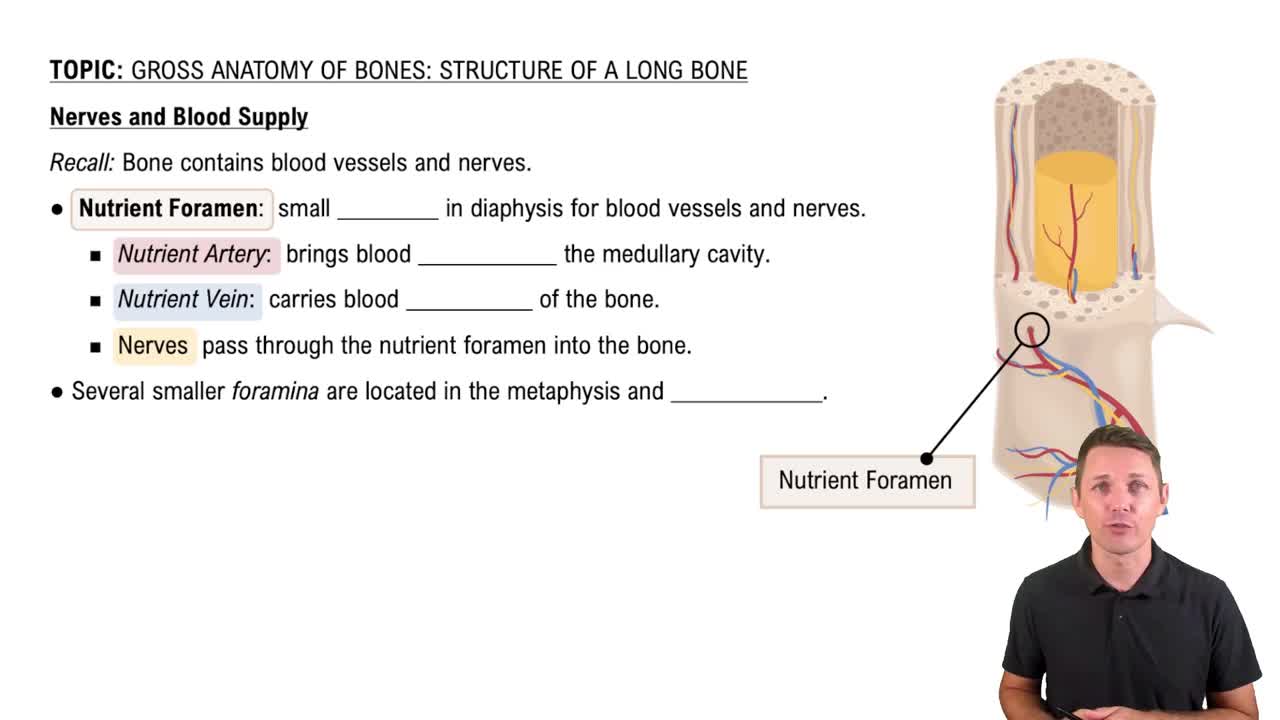Here are the essential concepts you must grasp in order to answer the question correctly.
Conduction Deafness
Conduction deafness occurs when sound waves cannot effectively travel through the outer ear, middle ear, or both. This type of hearing loss is often caused by physical blockages or damage in these areas, preventing sound from reaching the inner ear. Common causes include earwax buildup, fluid in the middle ear, or damage to the ear structures.
Recommended video:
Conduction Pathway and Contraction
Cochlear Nerve Degeneration
Cochlear nerve degeneration refers to the deterioration of the auditory nerve, which transmits sound signals from the inner ear to the brain. This condition typically leads to sensorineural hearing loss rather than conduction deafness, as it affects the nerve pathways rather than the mechanical transmission of sound. Understanding this distinction is crucial for identifying the correct causes of hearing loss.
Recommended video:
Common Causes of Conduction Deafness
Common causes of conduction deafness include impacted cerumen (earwax), middle ear infections (otitis media), and otosclerosis (abnormal bone growth in the middle ear). These conditions interfere with the normal conduction of sound waves, leading to hearing difficulties. Recognizing these causes helps differentiate them from sensorineural issues, such as cochlear nerve degeneration.
Recommended video:
Conduction Pathway and Contraction
 Verified step by step guidance
Verified step by step guidance


